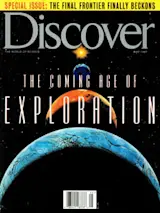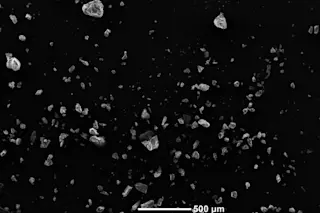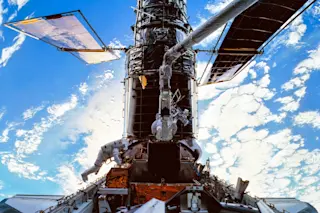There’s no use belaboring the point. Only the naive or the vested still maintain that there is any good pragmatic reason to spend the tens of billions of dollars it will take to complete what started out in the early 1980s as Freedom and now endures as the International Space Station. Assuming the project survives the vicissitudes of Russian financing, by 2002 the United States and its partners will have sent 460 tons of hardware spanning an area the size of two football fields into a 250-mile-high orbit at a cost of roughly $50 billion. Although the sheer size of the project has spawned many superlatives--the most costly single object ever built, the biggest engineering-construction project since the pyramids--the engineers and scientists from the United States, Canada, France, Japan, Russia, and ten other countries now laboring to bring it to completion must be a melancholy bunch. Is it possible to imagine a technological undertaking so enormous that could garner less respect from the scientific community?
Seen through the lens of 1950s-vintage science fiction, the space station is also a bit disappointing. Forget about using it as a springboard for establishing colonies on the moon or Mars, as was once envisioned. The station will house only seven astronaut-researchers, who will move freely, without donning space suits, through a pressurized, segmented living space roughly equivalent in size to two Boeing 747 passenger planes. And even though the price tag seems high, engineers have had to be downright penny- pinching to accomplish even this much.
So why, then, are we building it? Ultimately, neither political pork-barreling nor nasa’s tautological justification--to see how people can live and work in space--amounts to a satisfying explanation. Perhaps it has something to do with all that purported silliness about colonizing the frontier of space. Perhaps the explorer’s impulse is sufficiently strong to shape our decisions even in the self-conscious 1990s. At any rate, whether you think the grand project noble or foolish, there’s no denying that it demands our attention. We offer some highlights in the pages that follow.














